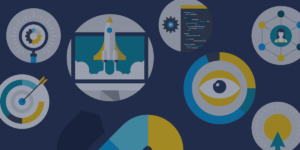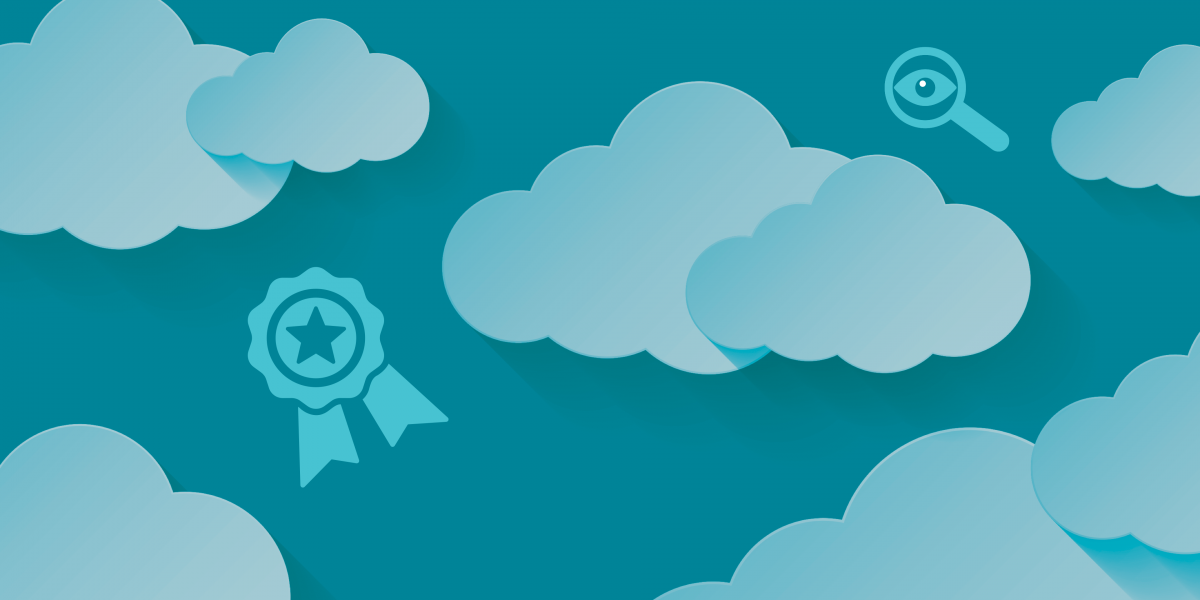The Salesforce AppExchange is awesome, woohoo! Apps, apps and more apps. Let’s go install new apps in Salesforce, let’s go, let’s go! Wait, slow down there tiger. Let’s be smart about this.
When talking with Salesforce newbies the iPhone analogy is often used to help describe the AppExchange; however, in practice the two ecosystems and technology couldn’t be more different. With iPhone apps the technology is fairly well partitioned. Meaning, if you install a new calendar app because it’s got a fresh new feature then later decide to delete the app, your main calendar is likely immune. Not so much with the AppExchange. You must be very careful when considering how each application might affect your data and other processes. Your data is so incredibly valuable to your nonprofit, so protect it.
So with nearly 3,000 apps and about 2,000 components, how can you make sure the tool you select will work for your organization? Here are three things you should do before installing a new app in your Salesforce instance.
Read the Reviews
Hearing about another organization’s experience with an app can help clarify its advantages and areas for concern. Make sure you read through the reviews and don’t just look at the star rating. A quick, helpful response from a customer support team can make up for a bad review, and a 4.5 star rating might be less meaningful there haven’t been any good reviews for several years.
Reviews can also make you aware of issues that others had when installing and configuring the app. Be alert for potential problems before you begin, and making plans to accommodate them can make your installation go more smoothly.
Read (and make sure you understand) the Documentation
Documentation is the key to understanding how an app works, what will be installed, and what changes you can expect to your Salesforce architecture. These changes can be significant, and not all apps are compatible with one another. If you don’t fully understand what an app does and how it may interact with other customizations in your instance, you’re not ready to install it yet. You can always contact the apps customer support team if you have questions (or can you? Not all applications are supported).
After you’ve download and installed an app, there are often additional steps that need to be taken before you can start using it. If you don’t understand these steps, you won’t be able to use the app’s functionality, so make sure you read carefully!
Test the App in a Sandbox
Reading the documentation and seeing a demo can give you a good idea of what an app can do, but because every organization is different, you’ll never know how an app will actually work until you see it in action in your Salesforce environment. Testing the app in the sandbox gives you a chance to play around with its functionality and observe how it interacts with other apps and customizations.
A sandbox installation will also give you a chance to practice configuring the app before adding it to your production instance. Don’t pass up the opportunity to make yourself more comfortable with the process before installing!
The bottom Line: Installing an app in Salesforce can simplify your nonprofit processes and improve the analysis of your data, but you must take steps to make sure an app will work for you and your staff and you’ll have an easy and successful implementation!




